Is Your Dog a Sighthound? Tips for Their Care.
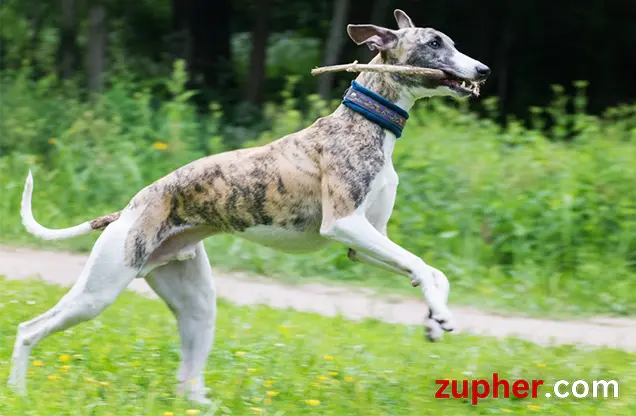
Introduction
A. Definition of Sighthound
Sighthounds are dogs known for their exceptional speed and keen eyesight, allowing them to spot and chase prey over long distances.
B. Importance of understanding your dog’s breed
Understanding your dog’s breed is crucial for providing proper care and meeting their unique needs. Each breed has specific traits and requirements that owners should be aware of to ensure their dog’s health and happiness.
C. Purpose of the article: Providing care tips specifically tailored for sighthounds
This article aims to offer practical advice and guidance for sighthound owners, focusing on their distinctive characteristics and care requirements. By tailoring care tips to sighthounds, owners can better meet their dog’s needs and foster a strong bond between them.
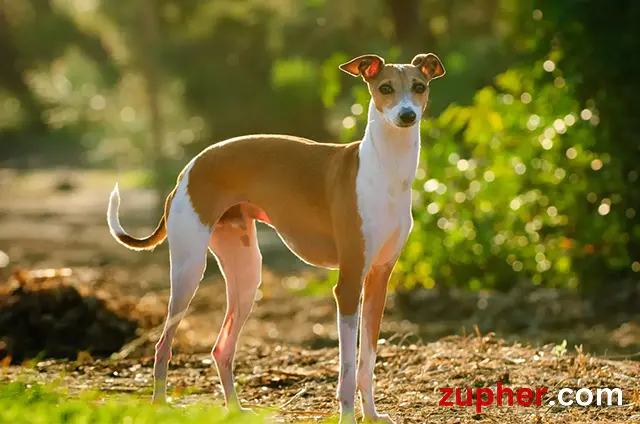
Identifying Sighthounds
A. Characteristics of Sighthounds
Sighthounds have distinct physical and behavioral traits that set them apart from other dogs.
- Physical attributes: Sighthounds typically have long, slender bodies, deep chests, and narrow heads. Their legs are long and built for speed, and they often have a sleek coat.
- Behavioral traits: Sighthounds are known for their independent nature, keen sight, and love for running. They may have a strong prey drive and enjoy chasing after small animals.
B. Common sighthound breeds
Several breeds fall under the category of sighthounds, each with its unique characteristics and traits.
- Greyhounds: Known for their speed and grace, Greyhounds are one of the most recognizable sighthound breeds.
- Whippets: Similar in appearance to Greyhounds but smaller in size, Whippets are beloved for their gentle and affectionate nature.
- Salukis: Originating from the Middle East, Salukis are elegant and independent dogs with a strong prey drive.
- Borzois: Also known as Russian Wolfhounds, Borzois are large, elegant dogs with a regal appearance and a gentle demeanor.
- Afghan Hounds: With their long, flowing coats and striking appearance, Afghan Hounds are known for their beauty and grace.
C. Methods for identifying if your dog is a sighthound
There are several ways to determine if your dog belongs to the sighthound group.
These include observing their physical characteristics such as their long legs and slender body, as well as their behavioral tendencies such as their love for running and chasing after prey. Additionally, consulting a veterinarian or breed expert can help confirm your dog’s breed and provide valuable insight into their care needs.
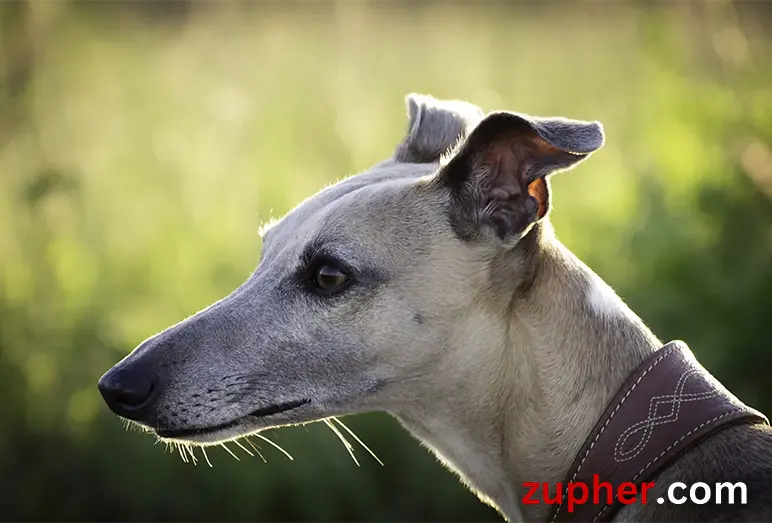
Understanding Sighthound Behavior
A. Instinctual behaviors
Sighthounds have instincts that influence their behavior.
- Chasing prey: Sighthounds are hardwired to chase moving objects, mimicking their ancestral hunting instincts.
- High prey drive: They have a strong desire to pursue small animals, like rabbits or squirrels, due to their innate prey drive.
B. Exercise needs
Sighthounds have specific exercise requirements to keep them happy and healthy.
- Importance of daily exercise: Daily exercise is crucial for sighthounds to release their energy and prevent boredom.
- Suitable activities for sighthounds: Engage them in activities like running, lure coursing, or playing fetch to satisfy their need for physical stimulation.
C. Training considerations
Training sighthounds requires understanding their unique characteristics and needs.
- Positive reinforcement techniques: Use rewards and praise to encourage desired behaviors, as sighthounds respond well to positive reinforcement.
- Focus on recall training: Teach them reliable recall commands to help them return to you, especially when off-leash, as their chasing instincts can lead them astray.
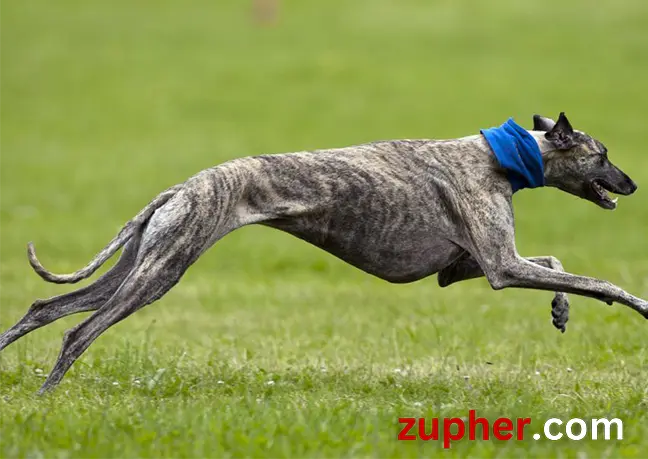
Nutrition and Health Considerations
A. Dietary needs
Sighthounds require specific nutrition to stay healthy and active.
- High-quality protein sources: Their diet should include protein-rich foods like meat, which help support their muscles and overall health.
- Proper portion control: It’s important to feed them appropriate portion sizes to prevent obesity and maintain their ideal weight.
B. Preventative healthcare
Regular healthcare is essential for sighthounds to prevent illnesses and maintain their well-being.
- Regular vet check-ups: Schedule routine visits to the vet to monitor their health and catch any issues early on.
- Vaccination and parasite control: Keep them up-to-date on vaccinations and administer preventive medications to protect against parasites like fleas and ticks.
C. Common health issues in sighthounds
Sighthounds are prone to certain health problems that owners should be aware of.
- Heart conditions: Some sighthounds are predisposed to heart issues like dilated cardiomyopathy, so regular monitoring is important.
- Joint problems: Their slender build can put a strain on their joints, increasing the risk of conditions like arthritis, so it’s crucial to provide proper joint support and monitor their mobility.
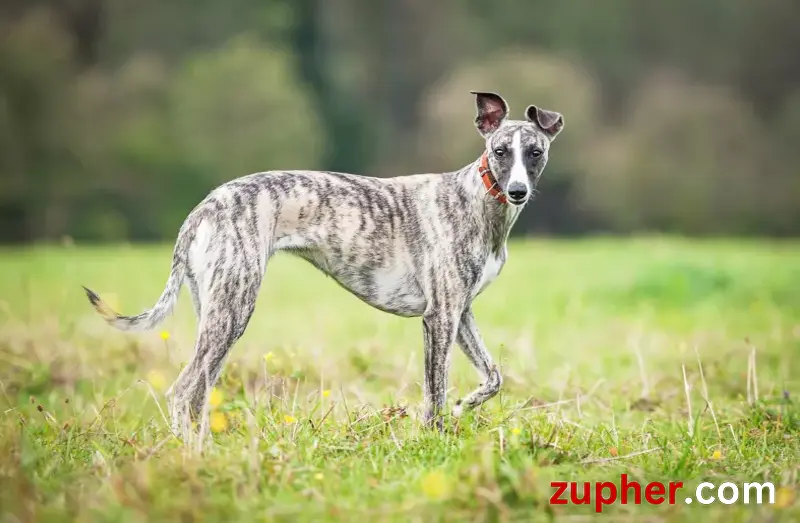
Grooming and Coat Care
A. Coat types of sighthounds
Sighthounds come in different coat varieties, each requiring specific grooming care.
- Short-haired breeds: Breeds like Greyhounds have short coats that are easy to maintain with regular brushing.
- Long-haired breeds: Afghan Hounds, with their long, flowing coats, need regular grooming to prevent tangles.
B. Grooming routines
Establishing a regular grooming routine is essential for keeping your sighthound’s coat healthy and looking its best.
- Brushing frequency: Short-haired sighthounds may only need weekly brushing, while long-haired breeds may require daily grooming to prevent knots and tangles.
- Bathing tips: Bathe your sighthound as needed using a mild dog shampoo, being careful not to overdo it as frequent bathing can strip their coat of natural oils.
C. Protecting the skin and coat
Maintaining your sighthound’s skin and coat health is vital for their overall well-being.
Regular grooming helps to remove dirt, debris, and loose hair, preventing skin irritation and promoting a healthy coat. Additionally, providing your sighthound with a balanced diet rich in essential nutrients supports healthy skin and coat. Finally, protecting them from harsh weather conditions and using sunscreen for dogs when necessary can help prevent sunburn and skin damage.
Environmental Considerations
A. Housing requirements
Sighthounds have specific needs when it comes to their living environment.
- Secure fencing: It’s crucial to have secure fencing around your yard to prevent sighthounds from escaping, as they may chase after small animals.
- Shelter from extreme weather: Provide adequate shelter, such as a doghouse or insulated area, to protect them from extreme temperatures and inclement weather.
B. Safety precautions
Taking precautions can help keep sighthounds safe in their surroundings.
- Avoiding off-leash areas near traffic: Keep sighthounds on a leash or in a securely fenced area to prevent accidents near busy roads or traffic.
- Supervision during outdoor activities: Always supervise your sighthound when they’re outdoors to ensure they don’t wander off or get into potentially dangerous situations.
C. Creating a safe and enriching environment at home
Creating a safe and stimulating environment is essential for sighthounds’ well-being.
This can include providing them with plenty of opportunities for exercise and mental stimulation, such as interactive toys and games, as well as a comfortable and cozy indoor space where they can rest and relax. Additionally, ensuring they have access to fresh water at all times and keeping their living area clean and free of hazards helps maintain their health and happiness.
Conclusion
A. Summary of key points
Throughout this article, we’ve explored the unique needs of sighthounds and how to care for them.
B. Importance of tailored care for sighthounds
It’s essential to tailor your care approach to meet the specific needs of sighthounds, considering their instinctual behaviors and physical characteristics.
C. Encouragement for responsible ownership and continued education in dog care
Responsible ownership involves providing proper care, training, and love for your sighthound. Continued education about dog care helps ensure they lead happy, healthy lives.
People also ask
How do you take care of a sighthound?
Regular exercise, proper nutrition, and grooming are key for sighthound care.
What makes a dog a sighthound?
Sighthounds are known for their speed, keen sight, and chasing instincts.
Are sighthounds good family dogs?
Yes, they can be affectionate and gentle with proper training and socialization.
What is the personality of a sighthound?
Sighthounds are often independent, loyal, and have a strong prey drive.
How do I take care of my dog?
Provide love, exercise, proper nutrition, grooming, and regular veterinary care.
Does it sound like water?
It varies, but some enjoy water activities while others may not.



